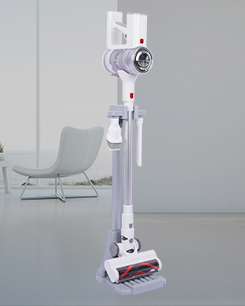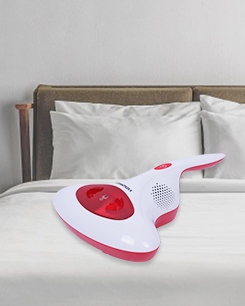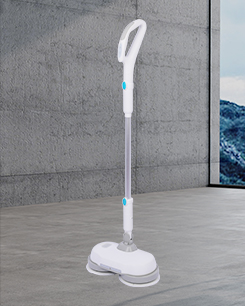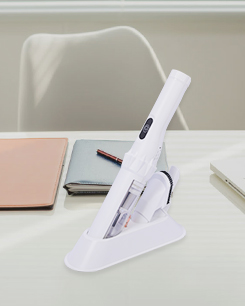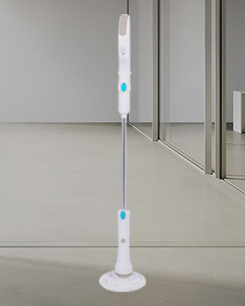The large debris handling capabilities of stick vacuum cleaners can vary depending on the specific make and model. While stick vacuums are generally designed for quick pickups and everyday cleaning tasks, some models are better equipped to handle larger debris than others. Here are key factors to consider regarding large debris handling:
Nozzle Design: The nozzle or cleaning head design plays a crucial role in large debris handling. Some stick vacuums have wider nozzles or openings that are better suited for picking up larger particles, such as cereal, pet kibble, or small pieces of paper. A wider opening allows debris to be easily funneled into the vacuum.
Suction Power: The vacuum's suction power is a critical factor in its ability to handle large debris. More powerful motors generate stronger suction, which can help pull in larger and heavier particles effectively. When shopping for a stick vacuum, consider the vacuum's wattage or amperage rating as an indicator of its suction power.
Brush Roll Type: The type of brush roll or cleaning mechanism can impact large debris handling. Some stick vacuums have brush rolls with specialized designs, such as anti-tangle or anti-clog features, to prevent larger debris from getting stuck in the brush roll.


Debris Passageways: Stick vacuums with clear, unobstructed debris pathways from the nozzle to the dustbin are generally better at handling large debris. Models with narrow or convoluted pathways may be more prone to clogging when dealing with larger particles.
Bin Capacity: The size of the dustbin or dirt collection container also affects the vacuum's ability to handle large debris. A larger bin can accommodate more debris before needing to be emptied, reducing interruptions during cleaning.
Emptying Mechanism: Some stick vacuums have one-touch or hygienic emptying mechanisms that make it easier to dispose of large debris without coming into direct contact with it. This can be particularly convenient and sanitary.
Floor Type: Stick vacuums may perform differently on various flooring types when it comes to handling large debris. They tend to excel on hard floors (e.g., hardwood, tile) when picking up larger items, but the performance can vary on carpets, especially if the carpet pile is thick.
Versatility: Some stick vacuums offer versatility by providing adjustable suction settings or specialized attachments for handling large debris. These attachments, such as wide-mouthed crevice tools or pet tool brushes, can enhance the vacuum's capabilities.
Regular Maintenance: Keeping the vacuum's filters and brush rolls clean and well-maintained is essential for consistent performance, especially when dealing with large debris. Clogged filters or brush rolls can reduce suction and hinder debris pickup.
It's important to note that while stick vacuum cleaners can handle larger debris to a certain extent, they are not designed for heavy-duty cleaning tasks or to replace a full-sized upright vacuum. If your cleaning needs regularly involve large debris, such as construction debris or significant pet messes, you may want to consider a vacuum designed specifically for heavy-duty or specialized cleaning.

 English
English Español
Español